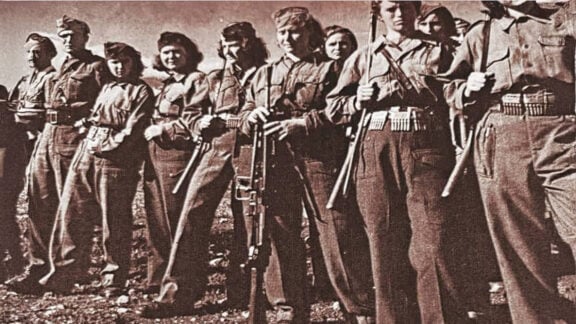The mysteries of the Ancient World continue to be unravelled in modern times, with the latest archaeological analysis on the Hellenistic gold jewellery collection at the Benaki Museum revealing potential markers to identify certain techniques of individual jewellers.
The Australian Archaeological Institute at Athens (AAIA) and the Consulate General of Greece in Sydney organised a lecture on Thursday February 2 at the Madsen Building of the University of Sydney covering archaeologist Dr Monica Jackson’s findings of the vast collection at the Benaki Museum in Athens.
The talk, titled “Aspects of Beauty: Hellenistic Gold Jewellery in the Benaki Museum Collections”, covered Dr Jackson’s research on the artefacts which she also compiled into a book published in 2017 that features 130 photographs to accompany her research.
Many pieces among the collection involve major figures of Greek mythology, particularly those associated with love like Aphrodite and Eros.
“They were ones that could be adapted to jewellery, like the little Eros figures. They were the most popular figures, and my thesis was done on the Eros figures,” Dr Jackson told Neos Kosmos.

“There were many stories that they could work around certain figures for their jewellery, such as Dionysus for example. The figures that had particular stories attached to them, that would appeal to the imagination, were utilised.”
Dr Jackson, an expert in ancient Greek jewellery, elaborated in her lecture that the ancient jewellers treated their craft as an artform and were boosted by an influx of valuable materials supplied by historical figures such as Alexander the Great.
“With all these lovely pieces, colours, jewels at their disposal, it was like an explosion of creativity. They had gold from Alexander, who brought it back from Persia, and they had the royal privileges of working in their workshops,” Dr Jackson said to Neos Kosmos.
Dr Jackson has participated in excavations in Greece, Cyprus and has spoken extensively on this topic in Australia, the USA and England.

The classical archaeologist went into detail on the various types of jewellery among the vast collection, including earrings, bracelets, wreaths, medallions, dress pins etc.
Certain pieces of the wide collection have been examined to uncover evidence which identifies individual jewellers through the discovery of certain idiosyncrasies of technique.
Dr Jackson also shed light on the Benaki family itself, particularly the Museum’s founder, Antonis Benakis, whose collecting interests were piqued in the city of Alexandria during the late 19th-early 20th centuries.
The event was emceed by Ms Theodora Gianniotis, Outreach and Engagement officer of AAIA, with the Consul General of Greece in Sydney, Mr Ioannis Mallikourtis also providing an opening address prior to the talk.
The AAIA and the Consulate General announced that they will collaborate closer and organise further events in the coming months.
Among the attendees at the event were the President of the Cyprus Community of NSW, Mr Andrew Costa, Vice-President of the Australian Parthenon Association, Mr George Vardas, photographer Effy Alexakis, historian Leonard Janiszewski, other members from Greek-Australian organisations and members of the community.








